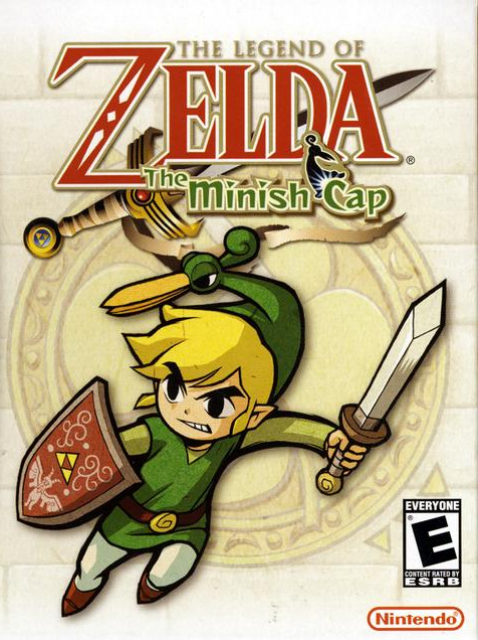Flagship is much more capable than this.
NOTE: This review was written by me years ago, but I've uploaded it to GB. Enjoy!
*************
It’s been a long time, but the GBA finally gets its first original Zelda title. It seems that no Nintendo system is complete without the big N’s major franchises making an appearance. It was only a matter of time before Zelda’s turn came next. Unfortunately, Zelda: Minish Cap is one of the weaker Zelda games to come around in a while, thus it may not feel as satisfying as the previous games do.
In Minish Cap, Link faces off against the evil Vaati, who made his debut in the Four Swords minigame included in A Link to the Past for the GBA. Vaati is searching for the “light force” that will make him invincible. After winning a fighting tournament and being rewarded by being allowed to approach the legendary Picori Blade, Vaati makes his move, all hell breaks loose, and princess Zelda is turned into stone. From that point on, the quest to save Zelda begins. Soon after beginning the quest, Link meets a living green cap named Ezlo, who is the titular character of the game. Ezlo has the ability to make Link super-small; things that would be insignificant to an adult are threatening to mini-Link. Even Octoroks become dangerous.
Walking around as mini-Link is fun for a while, but except for completing a few dungeons in diminished form, it’s pretty limited. When you’re small, you usually follow a short, linear path. You'll get the most out of Mini-Link in Hyrule Town, where there's a lot of open space and plenty of nooks and crannies. If the other areas in the game had a similar design, roaming around as a tiny creature would be much more enjoyable, and each zone wouldn't feel so small--which introduces another problem: the size of the world map. Minish Cap easily has the smallest world map in any Zelda game thus far. It doesn't take long to get from one end of the map to the other. Dungeons also fall short--they're mostly linear by design, and thus aren't really maze-like. Occasionally, you'll be stuck on a puzzle, but never will you feel like you're lost in some labyrinth, because you'll always be heading in the "right" direction.
The controls are pretty much what one would expect of a handheld Zelda game. They're fine, except the old interface is still being used. That is, A and B are reserved for your items, and you must constantly swap them out for others. The R button is the action button, and its default function is a roll technique, which doesn't have much of a purpose other than to speed up Link's movement. The roll might be useful if there were any decent foes to fight, save for the Darknuts.
The best part of Minish Cap is that the graphics and sound are first-rate--some of the best on the GBA, in fact. Most people can appreciate the presence of another 2D Zelda game. It's just a shame that the best qualities of Minish Cap has nothing to do with how it plays.
The major problem with Minish Cap is that the designers took the whole “mini” concept too far. Everything about the game is small: the world map, the number of dungeons, the game length, difficulty, and even the replay value (outside of a few sidequests). One could beat Minish Cap in half a day if one wanted to. It’s amazing how the recent Zelda games seemingly have less content than the older games (for example, Minish Cap only has six dungeons, while Link to the Past had more than twice as many). Perhaps when we see the first DS Zelda game by Flagship (it'll happen), they will focus more on what the older games did right--especially Flagship's own Oracle series, which was undoubtedly their greatest accomplishment. By comparing Oracles to Minish Cap, Minish Cap just seems like a mediocre effort at best. It certainly looks and sounds great, but it’s lacking in everything else. Minish Cap is worthy of one playthrough, but it will not leave a lasting impression.
